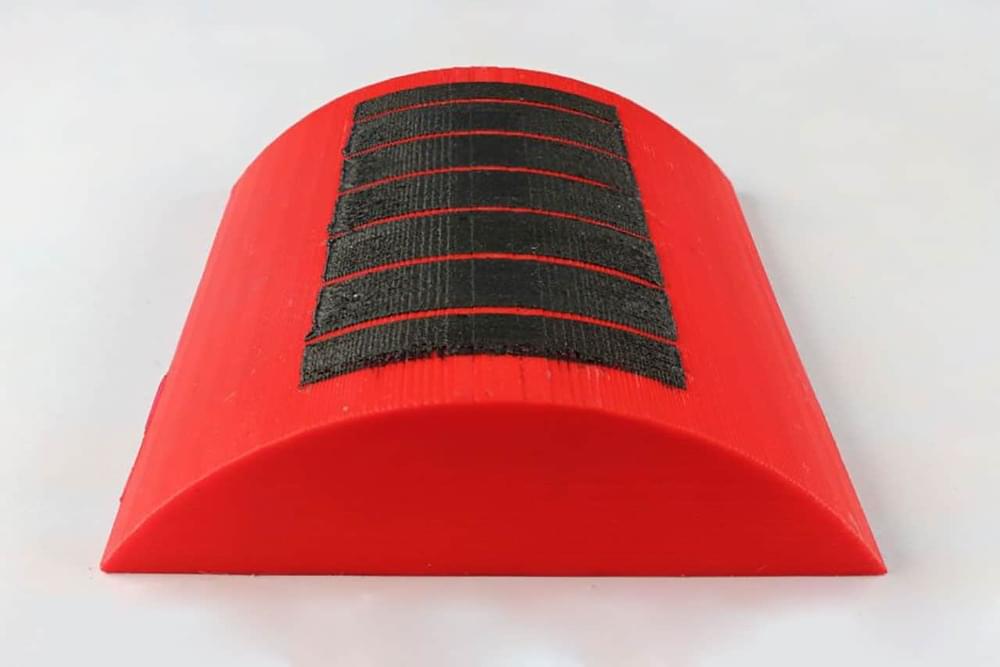While AI can provide real-time analysis of enormous amounts of data, an AI system coupled with blockchain technology can provide a transparent data governance model for quicker validation amongst various stakeholders through smart contracts and DAOs.
Blockchain benefits can address AI’s shortcomings
Applying the benefits of blockchain technology can help address various shortcomings of AI and help in increasing people’s trust in AI-based applications. With Blockchain, AI applications acquire the qualities of decentralization, distributed data governance, data immutability, transparency, security, and real-time accountability. Many AI-enabled intelligent systems are criticized for their lack of security and trust levels. Blockchain technology can essentially help in addressing the security and trust deficit issues to a significant extent. Enormous challenges remain for both blockchain technology and Artificial Intelligence. Still, when combined, they display tremendous potential and will complement each other to restore the trust factor and improve efficiency at large.









